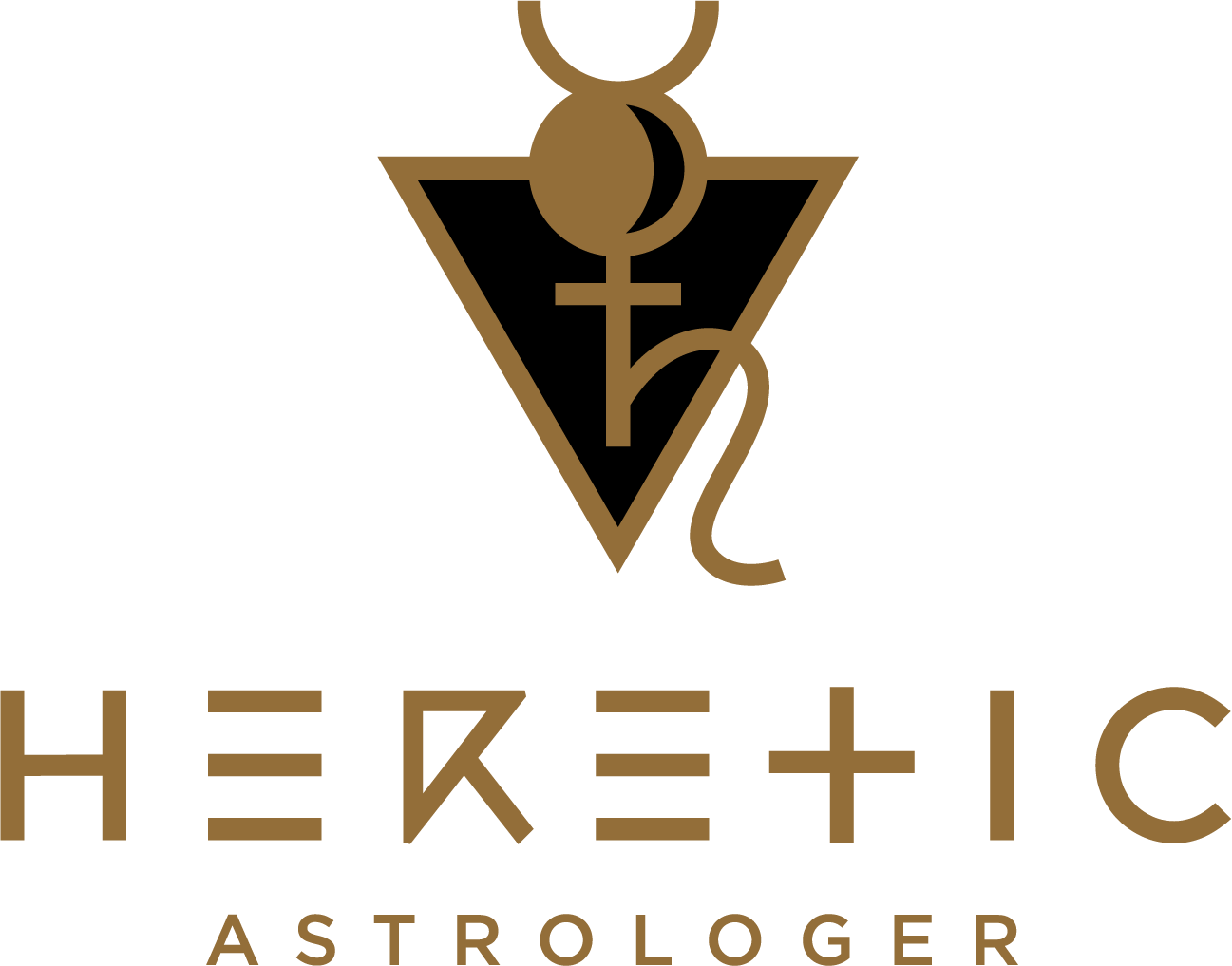
Aspect Basics
How The Planets Relate to Each Other on Your Chart
Aspects Represent
Interactions between planets
Around the circle of your chart, the planets are distributed according to where they were at the time of your birth. And in that distribution, each Planet has angular relationships with the others. Some of those angles are significant and create interactions that can bring another layer of depth to interpreting your chart. While there is quite a collection of aspects that various Astrologers consider important, we will focus on the basic ideas around what are deemed the “Major Aspects”. The Major Aspects are Conjunction, Opposition, Square, Trine, and Sextile. In traditional Astrological systems, they categorized each of these Aspects as “good” or “bad”, however those are ridiculously reductionist terms and serve no purpose in Astrology. Some are easier, others are more difficult, however ease does not always breed benefit, and true growth is found in the tension - so they were wrong on a bunch levels in my opinion. Typically the “easier” Aspects are depicted by blue lines on a chart, with the more “difficult” ones represented by red lines, however it depends on which style of drawing used on the chart you generated.
Conjunction - 0°
Symbol for the Conjunction Aspect
When two planets are right on top of each other on your chart, this aspect is known as a Conjunction. Conjunctions create fusion between Planets. It is as if their powers are combined. When one is activated and operating, the other is as well, two becoming one. This aspect brings about the joining of forces by two distinct psychological functions. The variance from the aspect angle between two interacting planets is referred to as the Orb. The degrees of tolerance - meaning the ranges of distance planets can have and still interact through a particular Aspect - have been defined by modern Astrologers. The maximum degree of separation for each one is as follows:
Conjunction - 10.8°
Opposition - 10°
Trine - 8.3°
Square - 7.5°
Sextile - 5.7°
The smaller the Orb - thus, the smaller the variance from 0° separating two planets in the case of a Conjunction - the stronger the aspect’s influence. Planets separated by large Orbs reflect the aspect less intensely.
A chart with a conjunction between Venus and Mars
Opposition - 180°
Symbol for the Opposition Aspect
The counterpart to the Conjunction is the Opposition. This is a more difficult aspect. When two planets are 180-degrees apart, they are located in not only two different signs, but each other’s opposing sign. This, as you can imagine, creates tension. It is as if two completely opposite halves are working against each other and trying to take the spotlight. Oppositions create rivalries between the Planets involved.
A few oppositions are shown on this chart, the one circled is an opposition between The Moon in Scorpio and Jupiter in Taurus
Square - 90°
Symbol for the Square Aspect
When two planets form a right angle, 90° separating them on the circle of the Zodiac, the aspect is referred to as a square. This is another of the more difficult aspects and is typically depicted by a red line on the chart. With squares, the planets or points involved will be three signs apart. While oppositions represent rivalries between opposite signs, there is always at least some common ground, points of compromise that can be made to ensure a balanced expression of the functions involved. With squares? Nope. This doesn’t foster a rivalry, it makes for natural enemies. This aspect creates friction between the two planet/sign combinations involved.
The Heretic Astrologer’s chart has oodles of squares…..Yay 😐
The one circled is a square between The Moon and Saturn
Trine - 120°
Symbol for the Trine aspect
The most prized and loved of all aspects by traditional and popular Astrology, trines are relationships between planets forming an angle of 120-degrees - within a variance of 8.3-degrees. This means that planets forming trines are four signs apart. If you look at any sign on the wheel of the Zodiac, you will notice that four signs in either direction will be another sign of its same element. Four signs to the right of Cancer is Scorpio. Four signs to the left, Pisces. The signs may have very different motivations and characteristics, however there is true commonality in their elemental quality. Trines make for harmony. Trines indicate planets that are on the same team, so to speak - they are natural allies. They exchange energy effortlessly and readily. Sounds perfect. However this ease also can lock us into patterns and areas where growth is lacking. We have a dynamic pairing of planets operating together in perfect harmony, but not going anywhere, not doing anything different, not moving beyond problems and habits that are no longer serving you. See why the whole “good” and “bad” qualification is so misleading?
On this chart, a trine between The Moon and Mars is circled. Notice how both planets are in Earth signs
Sextile - 60°
Symbol for the Sextile aspect
Sextiles occur between planets that are 60-degrees apart (with an orb tolerance of about 5.7-degrees). This is another of the easier aspects that is typically depicted on your chart by a blue line. With this aspect, planets will be two signs away from each other. They differ from trines - producing harmony - in that they bring a level of excitation to the planets involved. Not only does energy flow freely and readily between planets with this relationship, they seem to incite and stimulate each other to express themselves. Nice, sure, but also not very steady or long-lasting. There isn’t a ton of consistency when planets interact through this aspect. Sextiles can lead to functions that lack maturity if they are not paid attention to, but can also bring great motivation if awareness is employed around the planets involved.
On this chart, you can see that there is a sextile relationship between two pairs of conjunct planets - Venus+Mars 60-degrees from Moon+Mercury - each pair of planets operate as one and excite the other pair when they activate
Many charts generated online include a table of planets that allow you to easily find the various aspects and orbs associated with your placements
A great way for you to easily identify all the various aspects on your chart - including the orbs for each - is the table of planets typically found underneath your chart. This makes it very easy to understand the various interactions between planets on your chart, without getting confused as your eyes cross trying to take in all of those overlapping lines. This chart also contains a breakdown of the distribution of your planets across the four elements and three modes of communication (read more about that here).
If your chart doesn’t have this feature, generate one here to have this info included.











